グランパ、美濃へ ―― 毎日の食卓に、ちょっとした美を
🧓 Grandpa says…
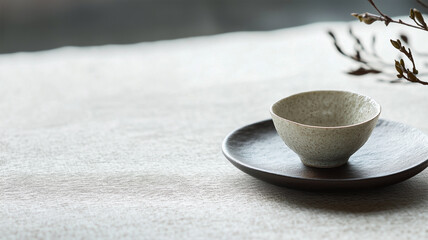
“It doesn’t need to be flashy.
If it holds your food, and holds your heart — that’s enough.”
「派手じゃなくていい。
ご飯を支えて、心まで包めたら、それでええんじゃ。」
🇬🇧 English
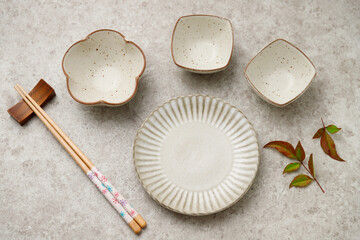
I came to Mino not to look for treasure, but to see where everyday life becomes art.
No golden glaze, no big-name signatures — just plates, cups, bowls.
The kind you use every morning without thinking… and miss the moment they’re gone.
Mino-yaki is Japan’s most widely used pottery.
You’ll find it in restaurants, homes, cafés — not because it’s cheap, but because it fits.
It fits in the hand. It fits the food. It fits the mood.
There are styles within styles:
Oribe with its green glazes and wild patterns.
Shino with its milky whites and soft warmth.
Setoguro — bold, black, and moody.
But above all, Mino ware never tries too hard.
It lets the food speak. It lets you speak.
That’s why I love it.
🇯🇵 Japanese Translation(日本語訳)
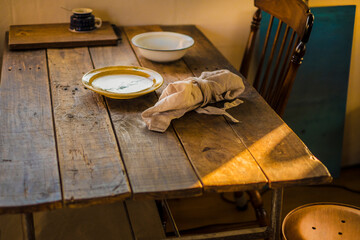
美濃に来たのは、宝物を探すためじゃない。
“日常が芸術になる場所”を見に来たんじゃ。
金ピカの釉薬も、有名作家のサインもない。
ただの皿、湯呑み、鉢……
毎朝、なんとなく使ってて、ふと無くなったときに気づく。
「あれ、好きだったんだな」って。
美濃焼は、日本で最も広く使われている焼き物じゃ。
レストランでも、家庭でも、カフェでも。
それは安いからじゃなく、「ちょうどいい」からなんじゃ。
手にすっと馴染んで、料理を受け止めて、気分まで整えてくれる。
しかも、美濃焼の中にはさらにいろんな表情がある。
- 織部焼:緑の釉薬、遊び心ある模様
- 志野焼:白濁したやわらかい風合い
- 瀬戸黒:黒く、どこか沈んだ存在感
でも一番好きなのはな、どれも「頑張りすぎてない」ところじゃ。
料理を引き立てて、使う人の気持ちをそのまま受け止める――
だから、わしは美濃焼が好きなんじゃ。
📚 Did You Know?
- Mino ware includes over 15 traditional styles, and still makes up the majority of ceramic tableware used in Japan.
- It is often seen in modern Japanese cafés, blending rustic charm with modern aesthetics.
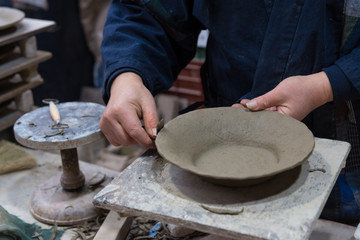

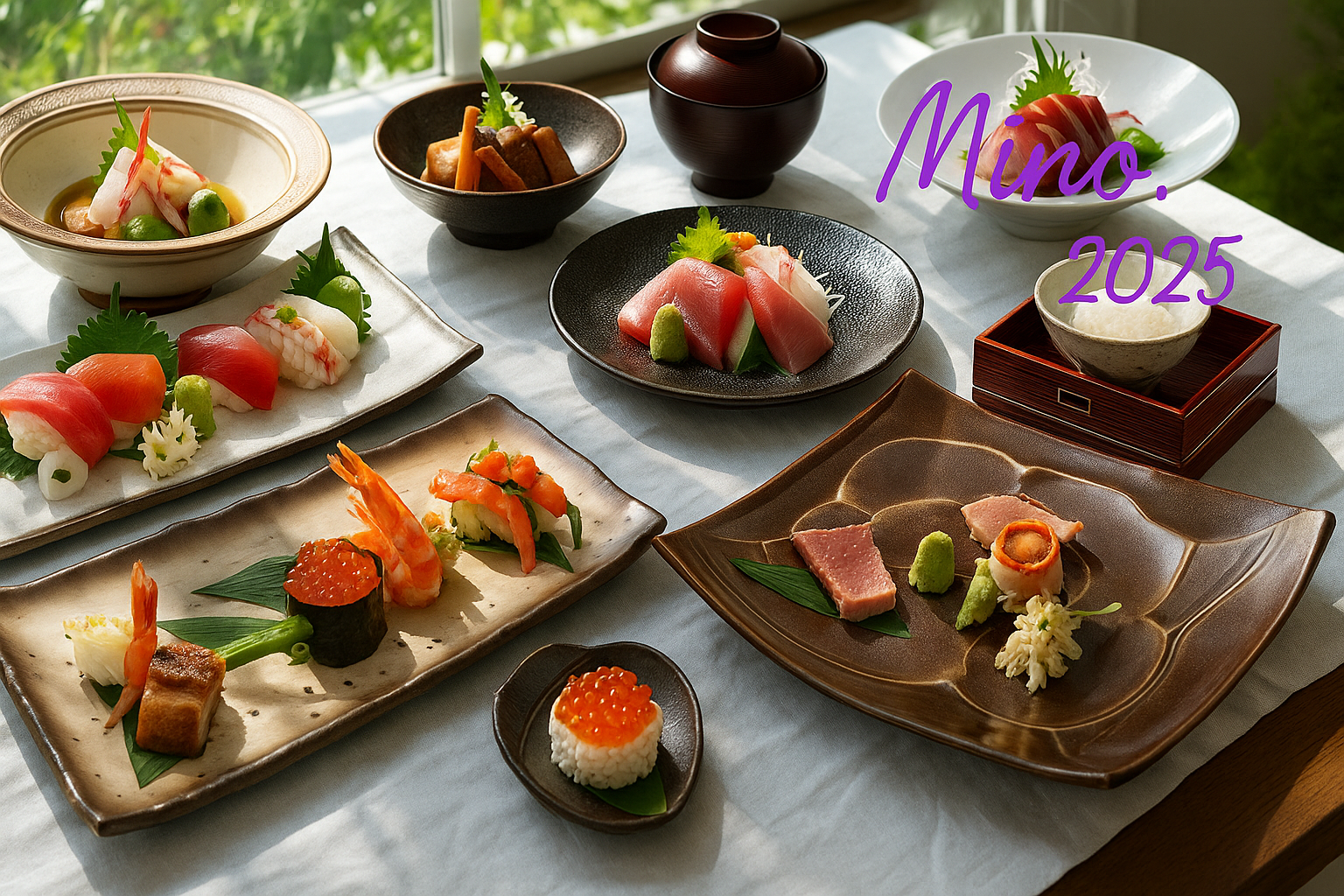
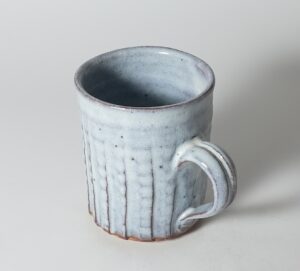

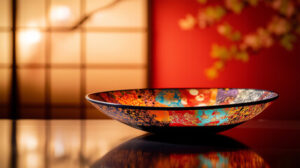
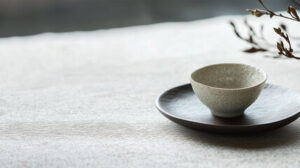
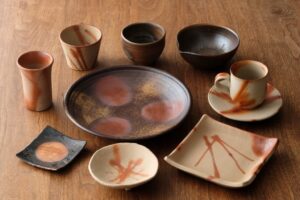
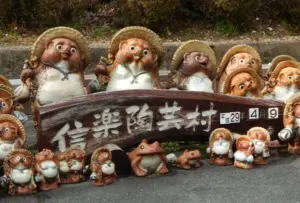




コメント